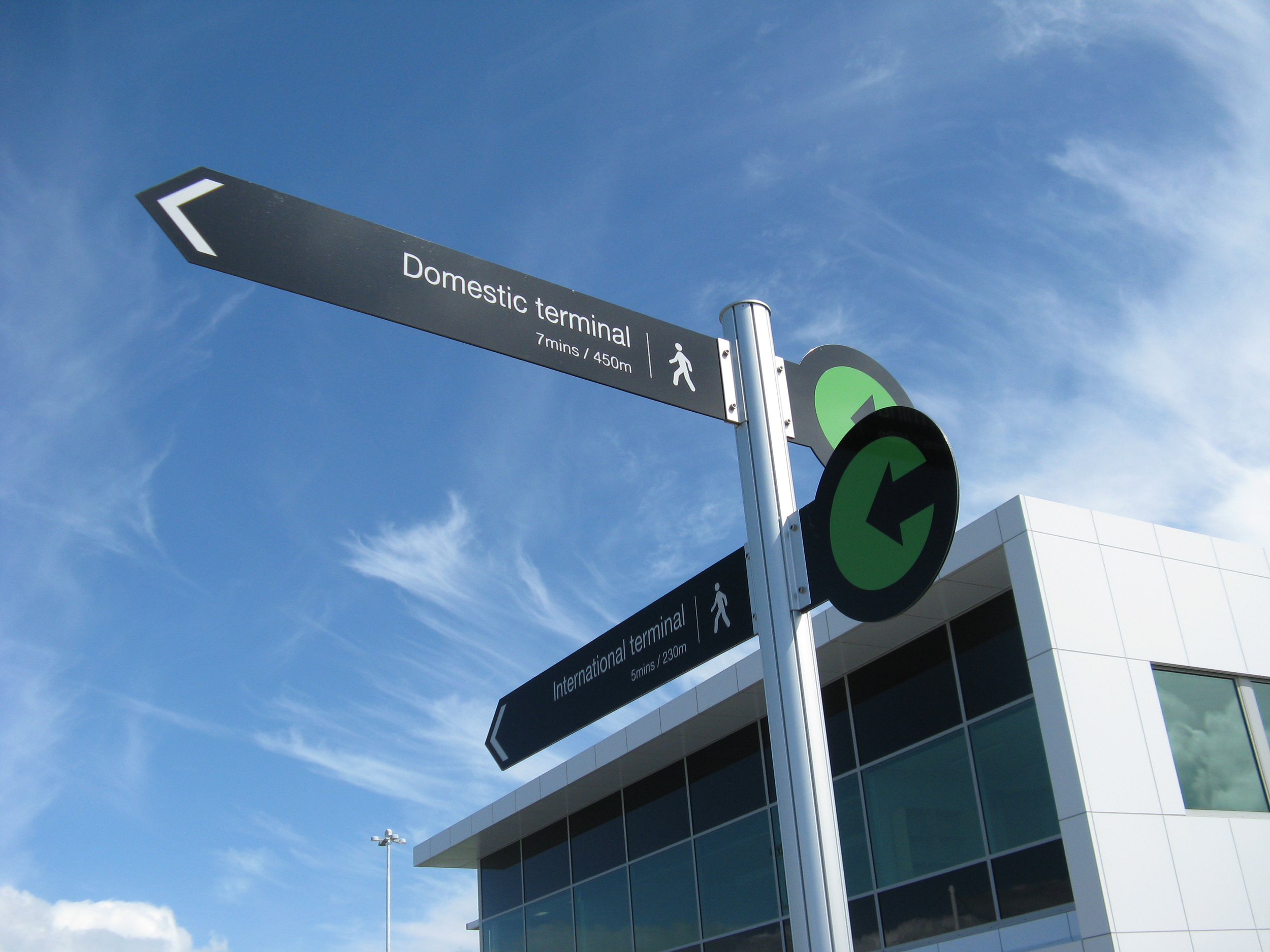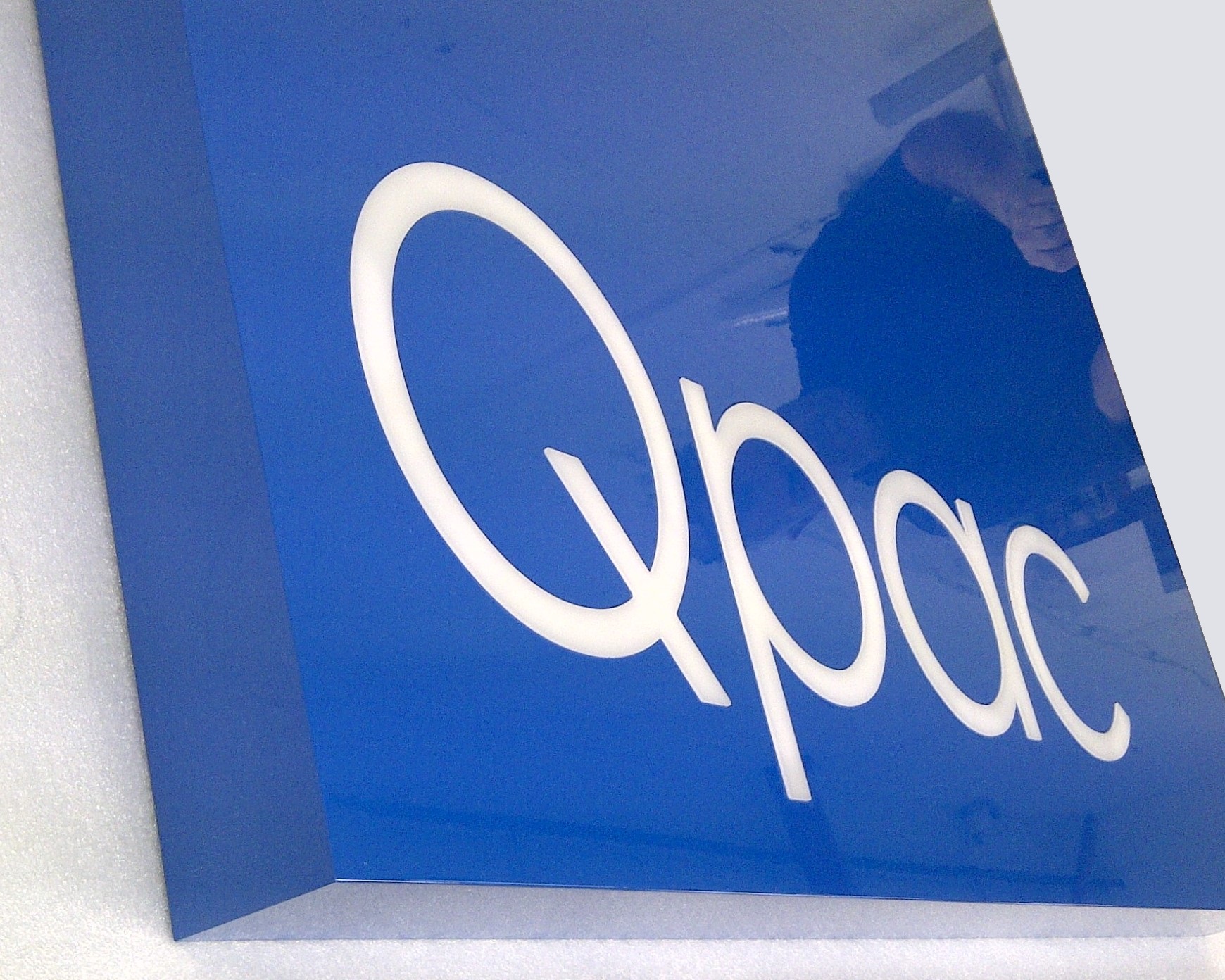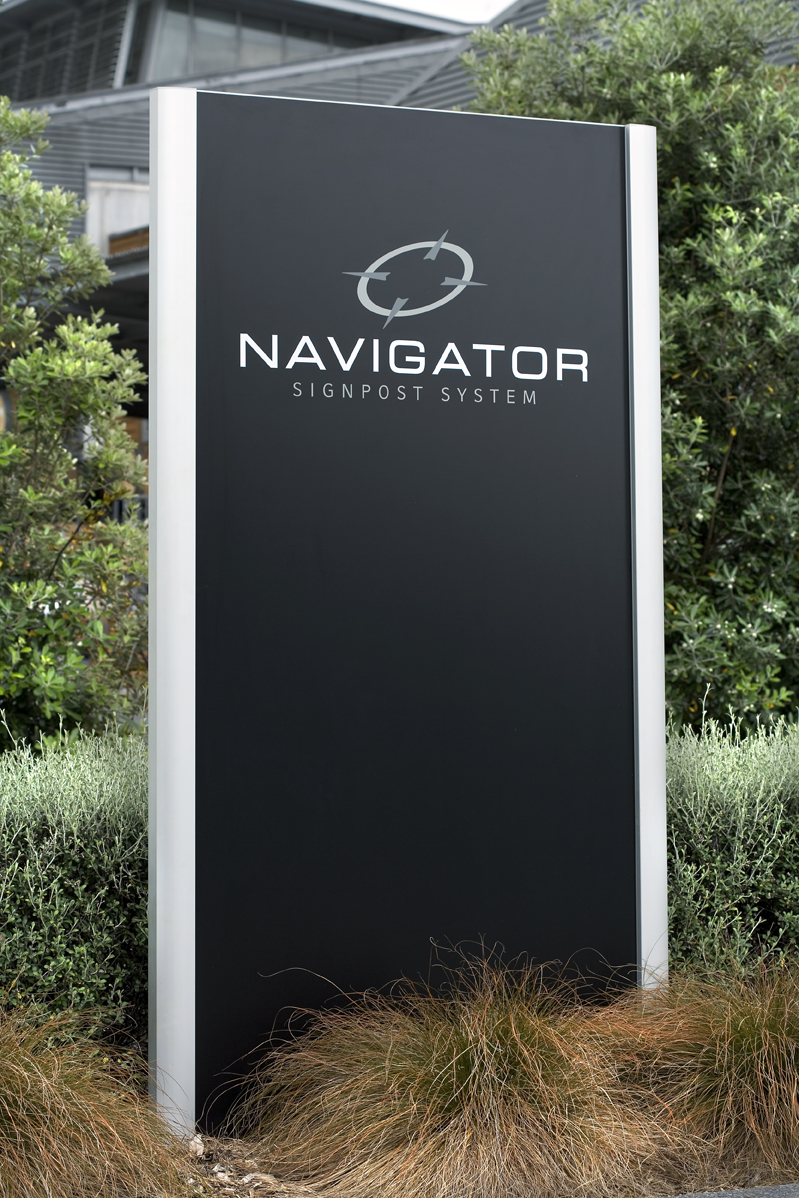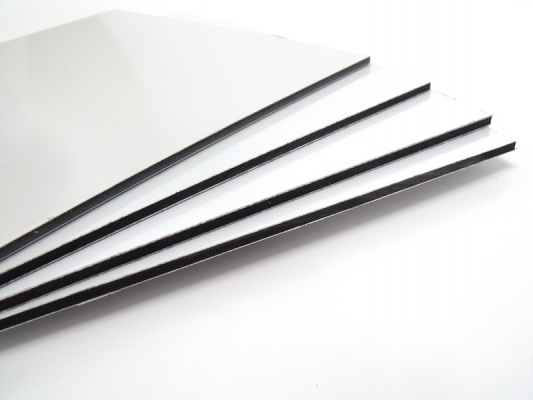A well-designed sign system is more than just a collection of signs. It’s a strategic tool that shapes the experience of everyone who interacts with your institution. From prospective students and parents to staff and visitors, a cohesive sign system can enhance wayfinding, build brand identity and create a positive overall impression.
What is a Sign System?
A sign system is a comprehensive plan for the visual communication within a space. It includes all the signs, graphics and directional elements that guide people through a building or campus. This encompasses everything from exterior building signage and campus maps to interior room numbers and directional arrows. A cohesive sign system ensures consistency in design, messaging and materials, creating a unified and professional look.
How Are Sign Systems Used by UK Schools and Colleges?
UK schools and colleges utilise sign systems in several ways:
- Wayfinding: Guiding students, staff and visitors to their desired locations efficiently.
- Branding: Reinforcing the institution’s identity and values through consistent visual messaging.
- Information Delivery: Providing essential information about facilities, services and events.
- Safety and Emergency Guidance: Communicating emergency procedures and evacuation routes.
Read more: The Importance Of Sign System for Schools, Colleges and Universities
Are There Any Differences Between the Needs of Schools Versus Universities?
While the core functions of a sign system are similar at both schools and universities, there are distinct differences to bear in mind:
- Scale: Universities typically have larger campuses with more complex, often multisite, layouts, requiring more extensive signage.
- Audience: Schools predominantly serve a younger demographic with varying reading abilities, while universities cater to a wider age range with higher literacy levels.
- Purpose: Schools focus on academic learning and personal development, while universities emphasise research, innovation, and professional preparation.


Different Types of Interior Sign Systems Used by Schools and Colleges
- Directional Signs: These guide people to specific locations, such as classrooms, offices and toilet facilities.
- Informational Signs: These provide essential information about facilities, services and policies.
- Regulatory Signs: These communicate safety and emergency procedures.
- Wayfinding Systems: These include campus maps, building directories and floor plans.
Read more: A Guide to UK Road Signs: Design, Manufacture and Regulations
Materials For Signage
Jake Douglass, Managing Director of Cherwell Signs, gives his thoughts on the most commonly used materials for signage. “We find that the most popular rigid materials, such as acrylic, aluminium and stainless steel” are suitable for both internal and external placement.” He adds “In indoor situations acrylic is often used for signs, room numbers and directions due to its clarity, durability and versatility and of course it can be cut, engraved or printed. When choosing a material for external usage, the product must withstand the weather, pollution and potential vandalism. Therefore the material must offer durability, visibility and aesthetic appeal. Acrylic ticks all these boxes.”
Sales Manager, Lawrie Keam, notes that “aluminium is commonly used for frames, supports and signage with long lifespans. It can be anodized or powder coated for different finishes, while stainless steel is used for high-traffic areas that require resistance to vandalism. The other material I’d highlight in regard to external usage is DiBond, a composite material made of aluminum and PVC, which is rigid, flat and weather resistant.”
When it comes to flexible materials, vinyl is a versatile material for both internal and external use. It can be used for decals, stickers, wall graphics and digital printing. A wide range of colours, finishes and adhesives are available. Also popular is foam board, a lightweight and cost-effective material used for temporary signage, like posters, displays and announcements.


Considerations When Selecting Interior Signage
Jake comments: “we’re often asked about the most important considerations when designing interior signage, so here goes, here’s our top 3: firstly, keep the message and visuals simple and uncluttered. Second, when you’re talking about multiple signs, you only have a system if you have consistency of font, colour and shape. Think about how British Rail and other travel networks approach their design. Third, a lot of people are going to pass and probably touch these signs in a school or college, so they need to be durable enough to last. They need to withstand cleaning and potentially attempts at vandalism.”
Different Types of Exterior Sign Systems Used by Schools and Colleges
- Building Signage: The main identification for the building, including name and logo.
- Campus Maps and Directional Signs: Help users and visitors navigate the campus.
- Monument Signs: Large, free-standing signs that create a strong visual presence.
Considerations When Selecting Exterior Signage
We asked Lawrie for his top 3 considerations for exteriors. “Well, when you’re talking exteriors, I’d put visibility no 1. The sign has got to be seen and to stand out. Secondly, materials have got to withstand the ever-changing British weather and attacks from any local vandals, while no.3 is to be aware of local planning regulations when it comes to placement of signs.”
What Does the Future Hold?
The future of sign systems is likely to be characterised by increasing digital integration. We can expect to see more interactive signs, digital wayfinding systems and mobile apps that provide real-time information. Additionally, sustainable materials and energy-efficient lighting will become standard.
By investing in a well-planned and executed sign system, schools, colleges and universities can create a welcoming, informative and efficient environment for everyone who visits them. A cohesive sign system not only enhances the physical space, but also strengthens your brand and reputation.
Read more: Why Foamboard Reigns Supreme in Exhibition Stand Design?

Let Cherwell Help
Cherwell are experts in trade sign supplies. We offer a comprehensive range of sign systems that meet every need. DIRECTIONAL POST 70 Sign System is the easiest, neatest way of creating multi-directional signage and is durable enough for the most demanding outdoor situations. SIGNTRAY 50 Sign System is robust with neat design lines and hidden corners. The ACM Trays provide a lightweight fascia, but with the ability to offer large sizes in a single section. SIGNPOST 200 Totem Tray Sign System combines sharp, clean design lines with practical simplicity, providing a modern, easy to install monolith or totem system. SIGNPOST 190 Sign System is a D-shaped signpost with hidden fixings designs to give a smart modern feel. The system is modular, easy to alter and quick to assemble. For sign trade supplies and expert advice, call Cherwell.


